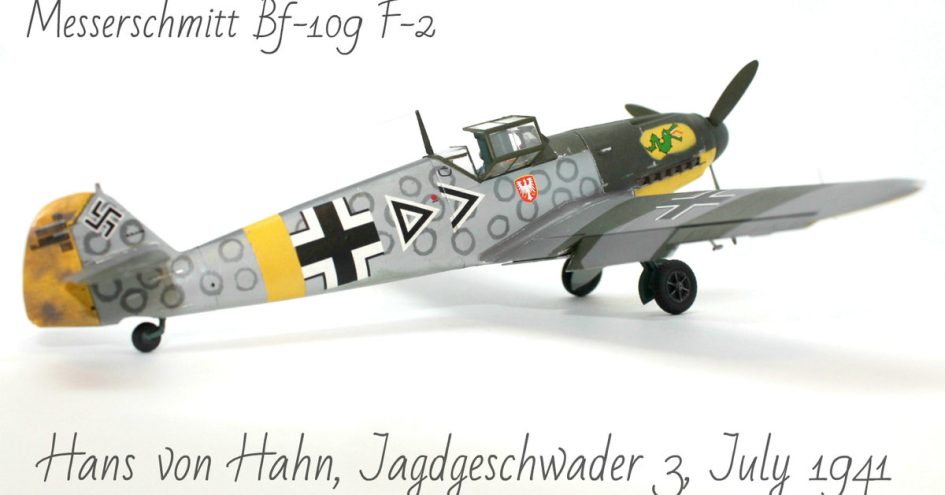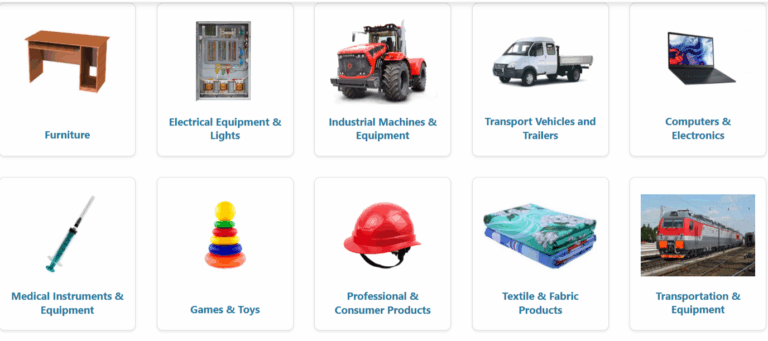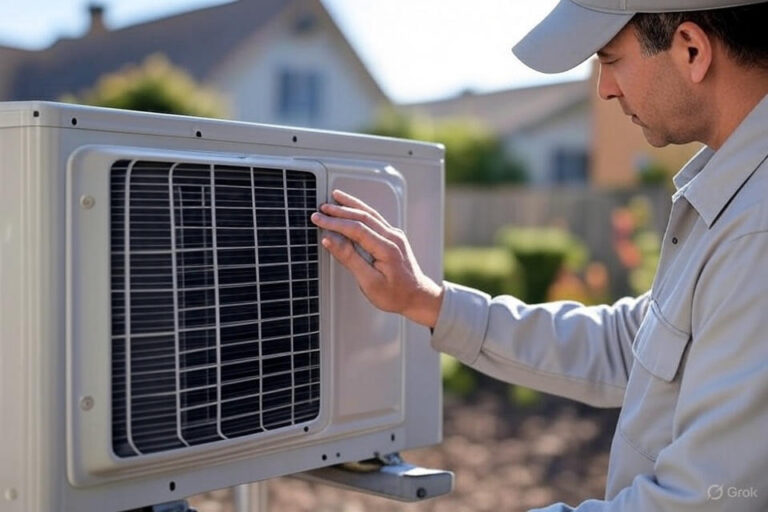
Modeling modern military vehicles is a deeply rewarding pursuit for hobbyists who appreciate precision, clean lines, and up-to-date military technology. While WWII tanks remain popular, the sleek complexity of modern armor—from the German Leopard 2 to the Russian T-90 and the American M1A2 Abrams—offers unique challenges and creative opportunities for modelers. These kits often feature more advanced suspension systems, reactive armor, detailed optics, and sensor packages that demand careful handling and accuracy.
Here are practical tips to help you achieve flawless results when assembling plastic kits of modern armored vehicles.
1. Study the real vehicle before you build
Before opening the box, take time to research the vehicle you’re building. Look at reference photos, technical walkarounds, and real-life paint schemes. Modern vehicles often come in a variety of configurations, depending on the operational theater or nation using them. This knowledge will help you identify optional parts, paint schemes, and realistic weathering effects that can elevate your build.
Some modern vehicles, such as the Merkava IV or the Stryker family, have complex external equipment and sensors that are easy to misplace or position incorrectly. Real-world references will help you get the details right.
2. Clean and test-fit everything
Modern kits tend to include a large number of small parts—especially for ERA blocks, smoke launchers, turret sensors, and side skirts. Clean each piece carefully and always test-fit before applying glue. Misaligned surfaces or rushed assembly can lead to major issues later during painting or detailing.
Dry fitting also helps identify any tension or warping in larger parts like hull halves or chassis plates. Taking the time to adjust these early will result in a cleaner, stronger model.
3. Use the right glue and tools for precision
Precision is critical when working with intricate assemblies such as anti-slip textures, turret modules, and track systems. Use thin plastic cement with a fine applicator to avoid glue marks and ensure strong bonds. For photo-etched parts, a specialized CA glue is a must.
A good pair of sprue cutters, a sharp hobby knife, and fine sanding sticks will help you remove and clean parts with minimal risk of damage. Consider using a magnifier when dealing with tiny optics or antenna components.
4. Tracks and suspension: don’t rush
Modern tanks often feature either detailed rubber band tracks or individual link systems. Both types require careful alignment to avoid sagging or unnatural tension. If the kit includes workable suspension, make sure it’s properly aligned before installing the tracks.
Glue and paint the tracks separately when possible, then attach them after painting the lower hull. This approach simplifies the weathering process and prevents overspray on the hull details.
5. Painting modern camo schemes
One of the defining features of modern armored vehicles is their complex camouflage patterns. These can range from NATO tri-color schemes to desert digital camo. Use masking putty, soft masks, or digital stencils to create clean lines and transitions.
Begin with a black base coat to emphasize shadows and surface detail, followed by thin layers of color. Use reference photos to accurately replicate the specific scheme used by the nation or unit you are modeling.
6. Detailing and weathering
Modern vehicles may not show as much wear as older WWII tanks, but weathering is still important. Use pin washes to define panel lines, bolts, and grills. Apply subtle streaking, dust effects, and exhaust staining using oil paints or specialized enamel weathering products.
Since modern armor tends to be cleaner and more mission-ready, avoid heavy rust and chipping unless you’re depicting a vehicle in long-term field deployment. Focus on realism: light mud around the wheels, a bit of dust on the lower hull, and maybe fuel or oil stains near hatches and refueling points.
7. Final assembly and presentation
Once painted and weathered, carefully attach the finer details: antennas, machine guns, and transparent vision blocks. For added realism, consider replacing periscopes and optics with aftermarket lenses or self-cut clear plastic, tinted with transparent paint.
You can also display your modern vehicle in a small diorama—perhaps on a stretch of road, a desert base, or an urban combat setting. A simple base with ground texture adds visual impact and context.
For modelers looking to expand their collection of modern military vehicles, ScaleCrafted.com offers a curated selection of high-quality kits, tools, and accessories to support advanced projects and accuracy-focused builds.
Building modern military vehicles requires a balance of precision, patience, and planning. With careful research and attention to detail, your models will not only be accurate but visually striking, capturing the complexity and power of today’s battlefield machines.




